If you see the “Operating System not found” boot error message on your computer, it means that no operating system bootloader has been found on the current disk. So, your computer cannot find and start the Windows bootloader (or the bootloader of any other OS installed on your computer).
An error you see when trying to boot an OS often looks like this:
An operating system wasn't found. Try disconnecting any drives that don't contain an operating system. Press Ctrl+Alt+Del to restart.

The same error on laptops says the following:
Error 1962: No operating system found. Boot sequence will automatically repeat.

Common Reasons of “Operating System not Found” Error
The most common reasons why an OS cannot boot with the “Operating system not found” error are:
- A damaged system partition, missing or damaged MBR (master boot record), no active partition (or an incorrect disk partition is marked as active);
- A corrupted boot configuration data (BCD);
- An HDD with the installed OS is not connected (it may include such problems as poor ribbon cable connection, any hardware issues with the drive, RAID or disk controller).
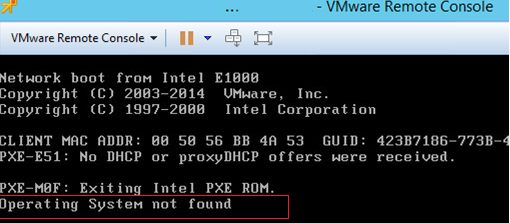
First of all make sure that:
- Your hard drive with the OS is connected to your computer (disconnect all other drives and USB devices: this is what you are advised to do in the first screenshot);
- verify power and ribbon cables are connected properly;
- The hard drive is detected in the BIOS/UEFI of your computer. Make it the primary boot device;
- Check the Secure Boot settings in UEFI. They may have been changed (check if Windows is booted with the Secure Boot mode enabled/disabled and in the Legacy mode).
If you did everything described above, and your Windows still doesn’t boot, you will have to restore the Windows bootloader and disk boot record.
Identify Disk Partition Table & Windows Partition
In order to repair your bootloader, you will need a Windows install media (on a CD/DVD/ bootable USB drive) or rescue disk with the same OS version you have installed on your drive (or newer).
Change the boot order in BIOS (UEFI), boot from your installation/rescue disk and run the command prompt (if you are using Windows 10 install media, press Shift+F10 on the language selection screen). 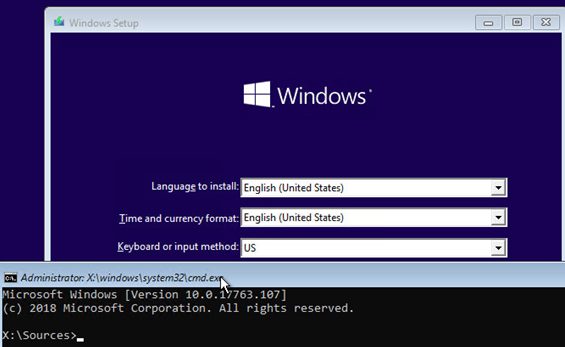
First of all, you must detect the type of the partition table on your disk: GPT or MBR. The method for restoring the Windows bootloader depends on it.
Run:diskpart
Enter this command: list disk
If there is an asterisk (*) in the Gpt column for your disk, than the GPT partition table is used, otherwise it is MBR.
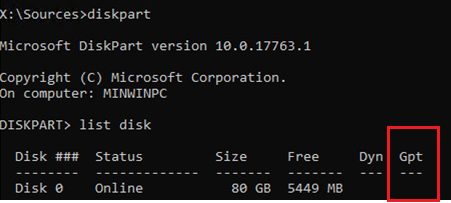
Display the list of volumes on the disk:
list vol

Exit the diskpart session:exit
Judging by the disk size, Windows is likely to be installed on E: drive. Check it by running this command:dir e:
As you can see, there are Windows, Program Files, Users and other standard folders on the drive.

So we have detected the disk layout type and the drive letter of the disk Windows is installed on. Depending on the disk partition table you have, go to the corresponding section of this article.
How to Repair the Windows Bootloader on the MBR Disk?
We suppose that your computer is using BIOS and the disk partition table is MBR. Here is a detailed post on “How to Rebuild BCD File and MBR on a BIOS-based computer?”.
Create bootloader configuration files on the E:\ drive:
bcdboot E:\Windows /S E:
The “Boot files successfully created” message will appear.

Re-create a Master Boot Record (MBR):
bootrec.exe /FixMbr
bootrec.exe /FixBoot
bootrec.exe /RebuildBcd
Make your Windows partition active (BIOS transfers control to the OS bootloader on the active MBR partition): In this post we don’t show how to re-create the System Reserved partition, since you can place the bootmgr on a drive with Windows installed.
diskpart (earlier we detected that Windows is installed on this volume)
list disk
sel disk 0
list vol
select volume 2active
exit
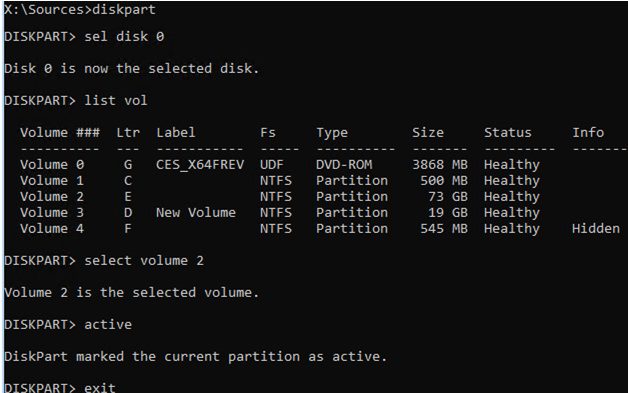
Restart your computer and make sure that Windows has booted correctly and the “Operating system not found” error has not appeared.
How to Repair the EFI Bootloader on a GPT Disk of UEFI Computer?
If your disk has the GPT partition layout, it means that your computer is using the UEFI architecture instead of BIOS.
First of all, find a FAT32 hidden partition and assign a drive letter to it (the size of this partition is 100-300MB, it is used to store the Windows bootloader which is called by the EFI bootloader).
Diskpart
List vol
For example, you have detected that it is Volume 1 with the label BOOTSTRAP.
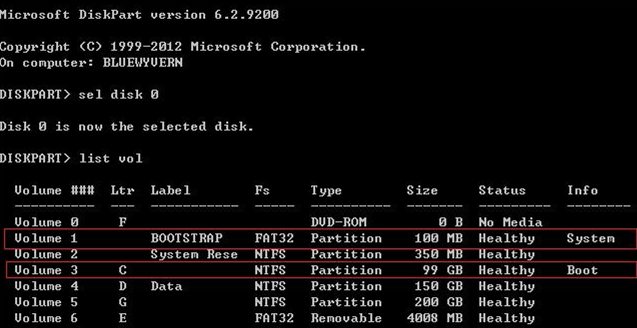
Select this EFI partition and assign a drive letter to it:
select volume 2
assign letter M:
exit
Re-create the BCD bootloader configuration file:
cd /d m:\efi\microsoft\boot\The E:\Windows path is used, since earlier we detected that in this example Windows was installed on E: drive.
ren BCD BCD.bak
bcdboot E:\Windows /l en-us /s M: /f ALL
Reboot your computer, remove the boot media (USB flash drive) and make sure that Windows has booted correctly.



